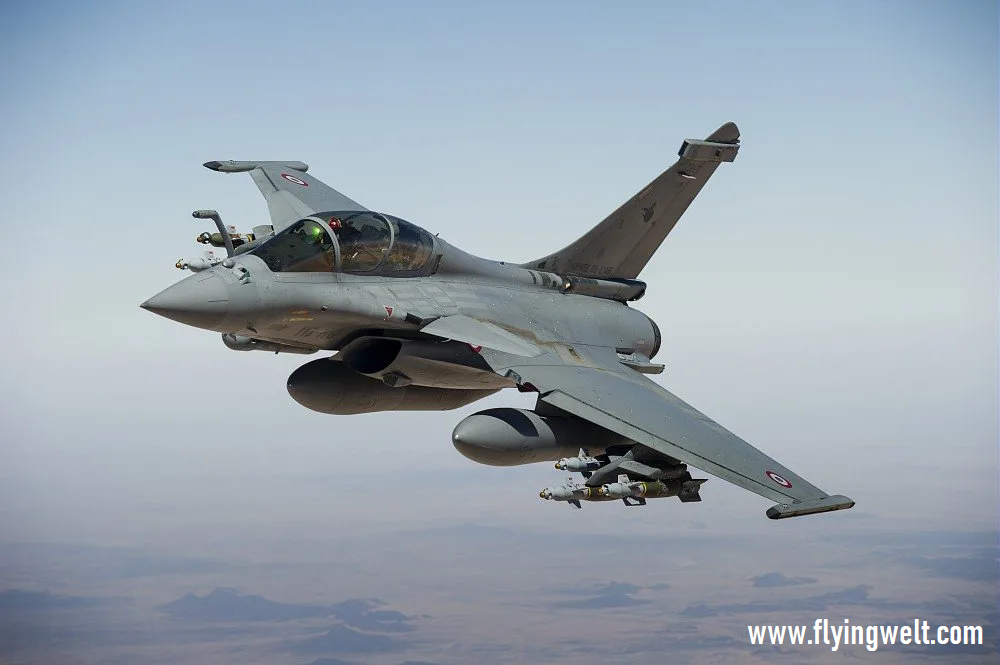The Rafale fighter jet is a state-of-the-art military aircraft that has become a cornerstone of the French Air Force. Developed by French aerospace company Dassault Aviation, the Rafale is a multirole combat aircraft that excels in air-to-air combat, air-to-ground strikes, and reconnaissance missions.

One of the most notable features of the Rafale is its design, which allows it to operate from both land-based runways and aircraft carriers. This versatility makes it an attractive option for countries with both types of military assets, as it can be used in a variety of situations.
The Rafale is also known for its advanced avionics and weapons systems. It is equipped with a powerful radar system that can detect and track multiple targets at once, as well as advanced electronic warfare capabilities that allow it to jam enemy radar systems.
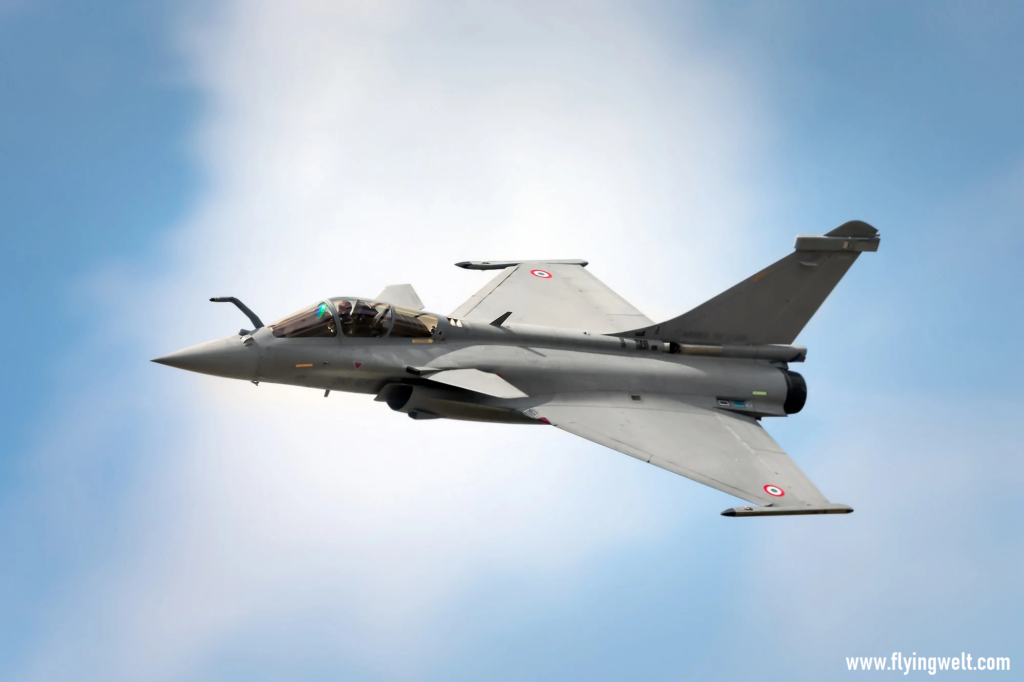
In addition to its radar system, the Rafale is armed with a variety of air-to-air and air-to-ground missiles, bombs, and rockets. This includes the Meteor air-to-air missile, which has a range of over 100 km and is one of the most advanced missiles in the world. The Rafale also has a 30 mm cannon for close-range engagements.
Three variants
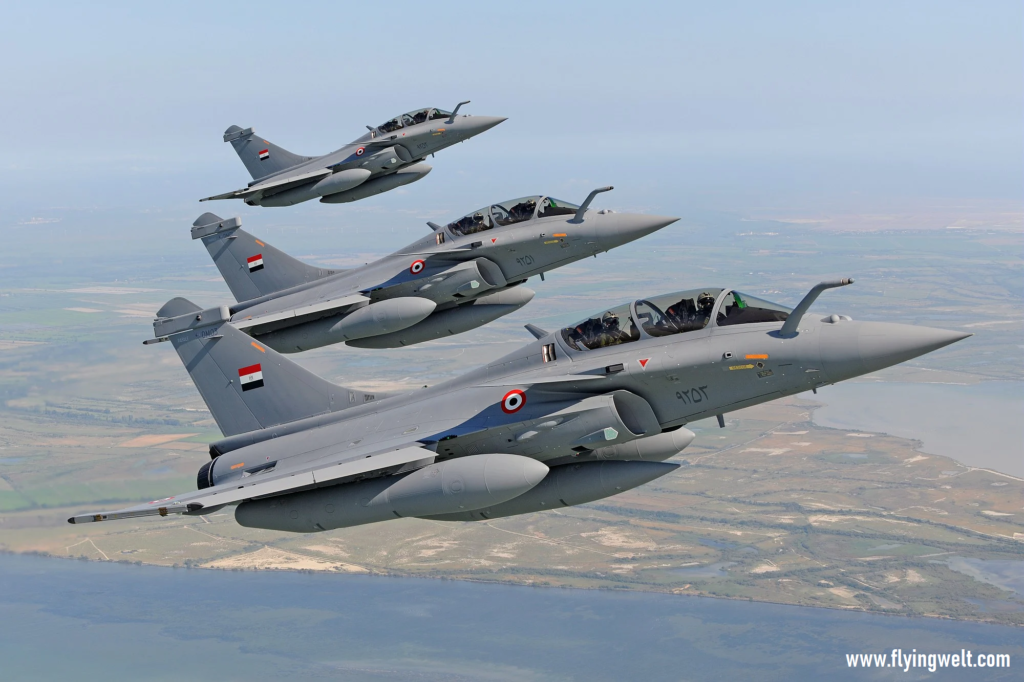
The Rafale, a fully “Omnirole” fighter jet, is available in three variants; the Rafale C single-seater operated from land bases, the Rafale M single-seater for carrier operations and the Rafale B two-seater flown from land bases. All three variants share a common airframe and a common mission system, the differences between naval and land versions being mainly limited to the undercarriage and to the arresting hook.
M88 new-gen turbofan engine
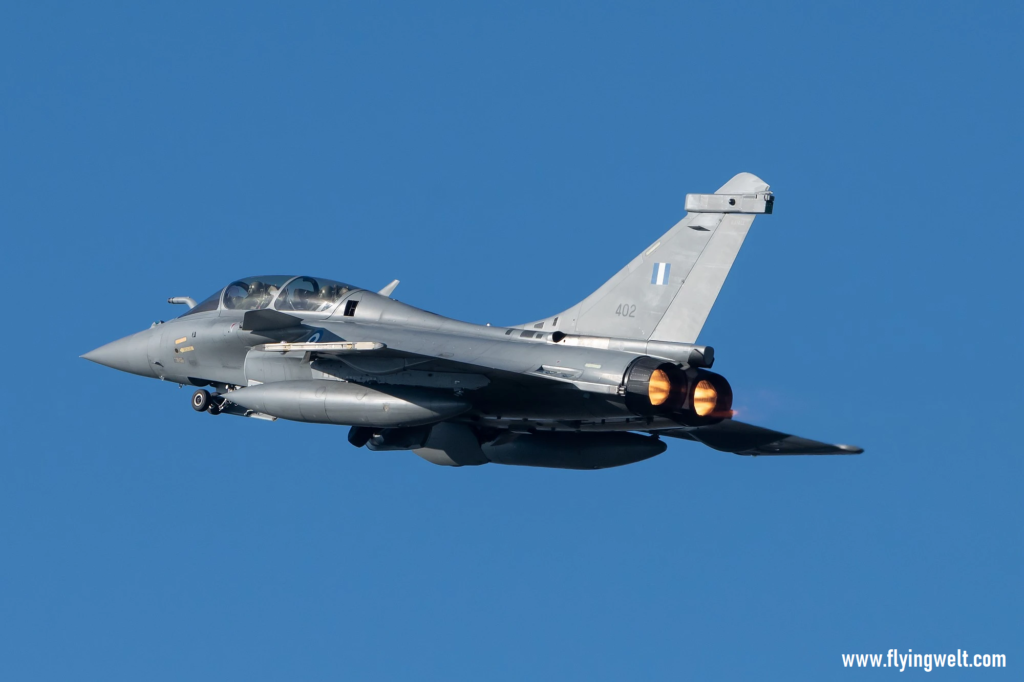
The M88-2 turbofan engine is a new-generation engine that has a high thrust-to-weight ratio, is easy to maintain, reliable, and has lower operating costs. It incorporates advanced technologies such as integrally bladed compressor disks, a low-pollution combustor with smoke-free emissions, single-crystal high-pressure turbine blades, ceramic coatings, and composite materials. It has a dry thrust rating of 10,971 lbs and a thrust rating of 16,620 lbs with afterburner. The engine is equipped with redundant Full Authority Digital Engine Control (FADEC) which provides for carefree engine handling anywhere in the flight envelope. The throttle can be slammed from combat power to idle and back to combat power again, with less than three seconds from idle to full afterburner.
In 2008, the M88 TCO program was launched to improve engine durability and reduce support costs. The program included upgrading the high-pressure compressor and turbine with improved components, boosting durability by up to 50%. The life expectancy between overhaul has been considerably expanded for a number of modules, helping further minimise the impact of planned maintenance on engine availability. The M88 is the subject of a constant improvement effort by Safran Aircraft Engine, leading to the latest M88-4E version, which builds on the TCO programme. This version, which offers a longer engine life, is now fully operational. Production deliveries began in 2012, and Rafale aircraft now comes out of the production line fitted with M88-4Es.
AREOS – Recce pod with Quick Analysis Capability
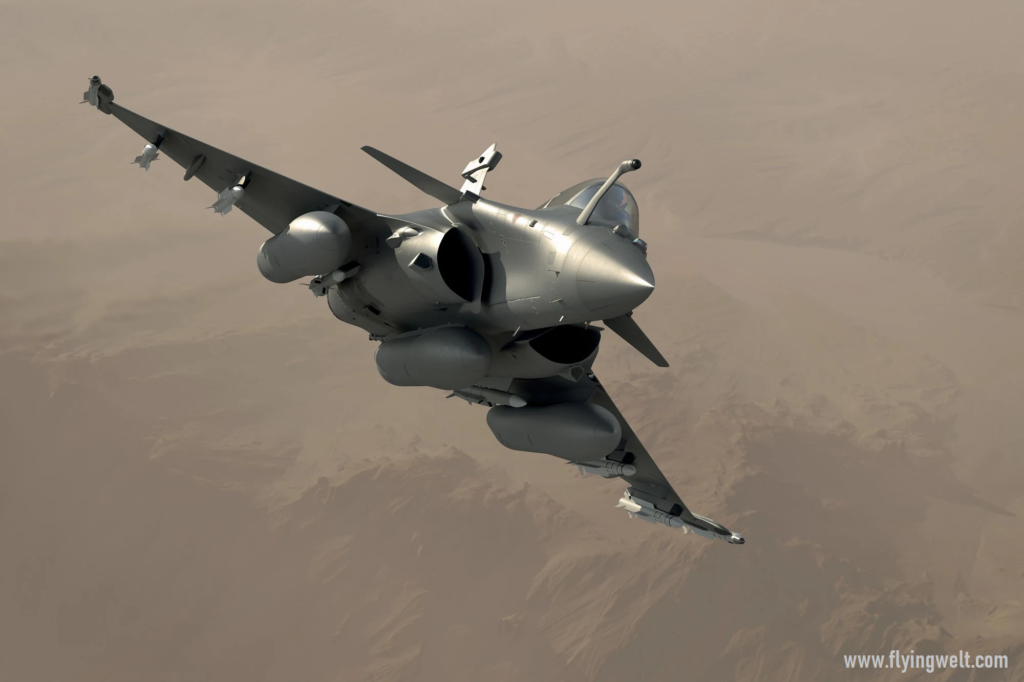
The French Armed Forces have adopted the new THALES AREOS reconnaissance system for the Rafale, which can be used in both strategic and tactical reconnaissance missions. This advanced equipment has been utilized in various regions including Libya, Mali, the Central African Republic, Iraq and Syria, and is capable of operating at different altitudes, during both day and night. The AREOS pod has a data link feature, which allows real-time transmission of high-resolution images back to military leaders, thus shortening the intelligence gathering cycle and increasing operational efficiency. The remarkable performance of AREOS in stand-off reconnaissance makes it a highly valuable sensor for strategic purposes.
Superior situational awareness with SPECTRA
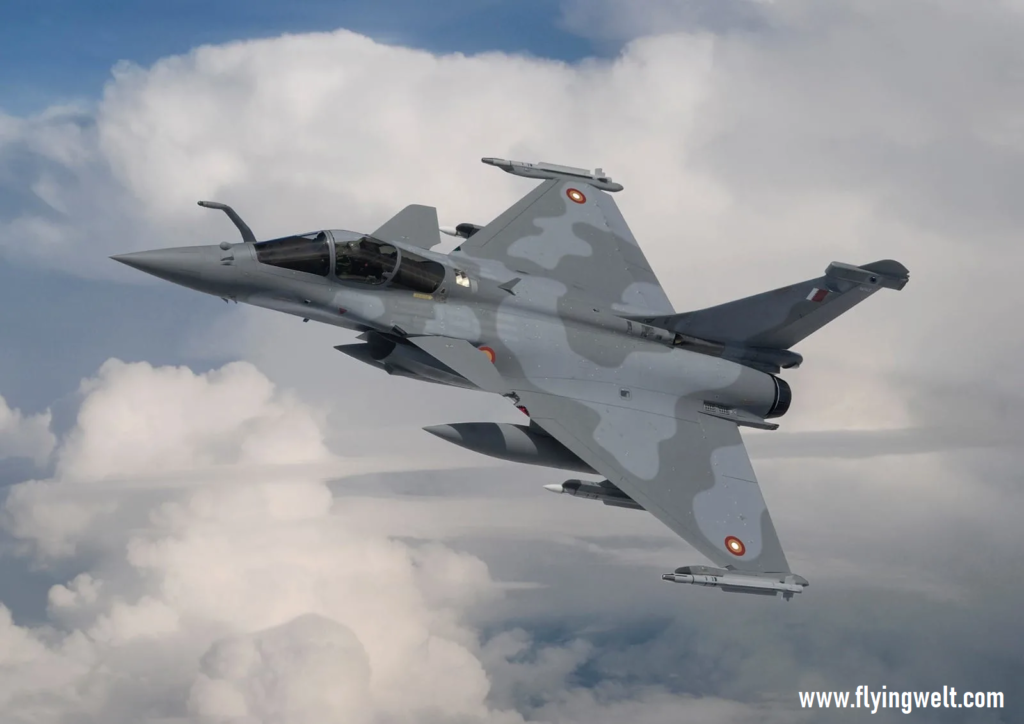
The SPECTRA system is seamlessly integrated with other aircraft systems and offers a multi-spectral capability to detect hostile radars, missiles and lasers. It enables the pilot to quickly identify, locate and select the most effective defensive measures against the threats, such as radar jamming, infrared or radar decoying and evasive manoeuvres. The SPECTRA sensors provide precise angular localisation performance, enabling the pilot to avoid ground threats or engage them with precision guided munitions. This exceptional ability of SPECTRA to locate airborne threats enhances the Rafale’s situational awareness. The system is also equipped with a threat library that can be quickly updated and customized by users in their own country, offering full autonomy. Furthermore, SPECTRA features a new generation missile warning system that significantly enhances the detection performance against modern threats.
Net-centric capability
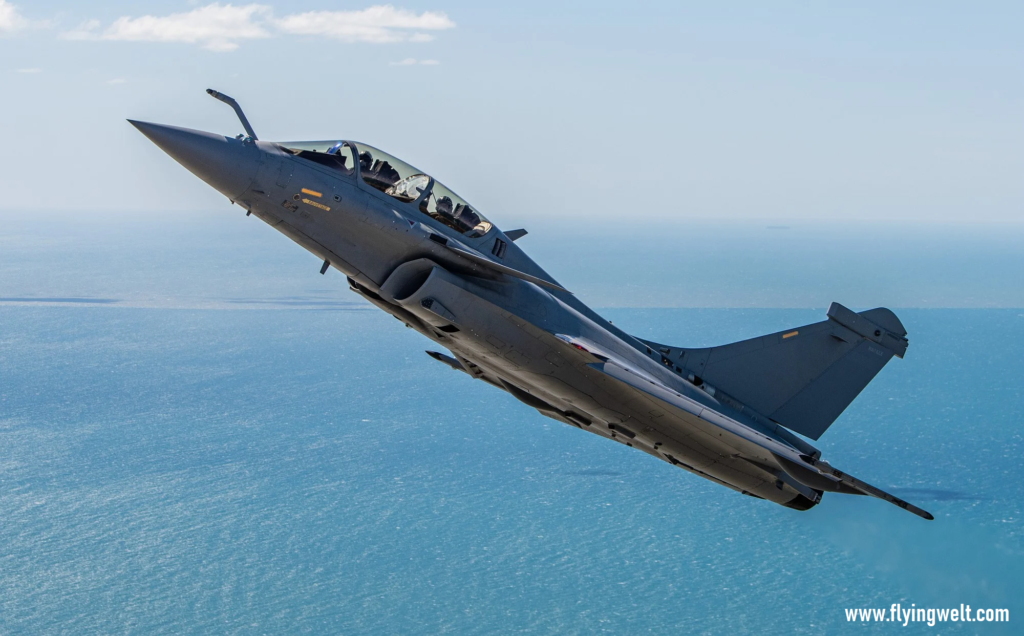
The Rafale’s net-centric capability relies on its open architecture, data fusion software, and compatibility with various data links, allowing it to integrate into the integrated battlespace. A secure high-rate data link enables real-time data sharing with other aircraft in the formation, airborne and surface command and control centers, tactical air controllers, and other friendly assets during combined air operations. Customers cleared to operate it can also use the Link 16 data link. As a net-centric asset, the Rafale has the ability to exchange images.
The ROVER (Remotely Operated Video Enhanced Receiver) is an integral component of this feature, enabling aircrews and forward air controllers on the ground to share videos or images of the target, thereby minimizing blue-on-blue incidents and collateral damage, which is particularly advantageous in peacekeeping operations. The Rafale’s interoperability as part of multinational operations has been demonstrated on numerous occasions, with Link 16 as well as non-NATO solutions provided to meet diverse customer requirements.
Seamless integration of new weapons
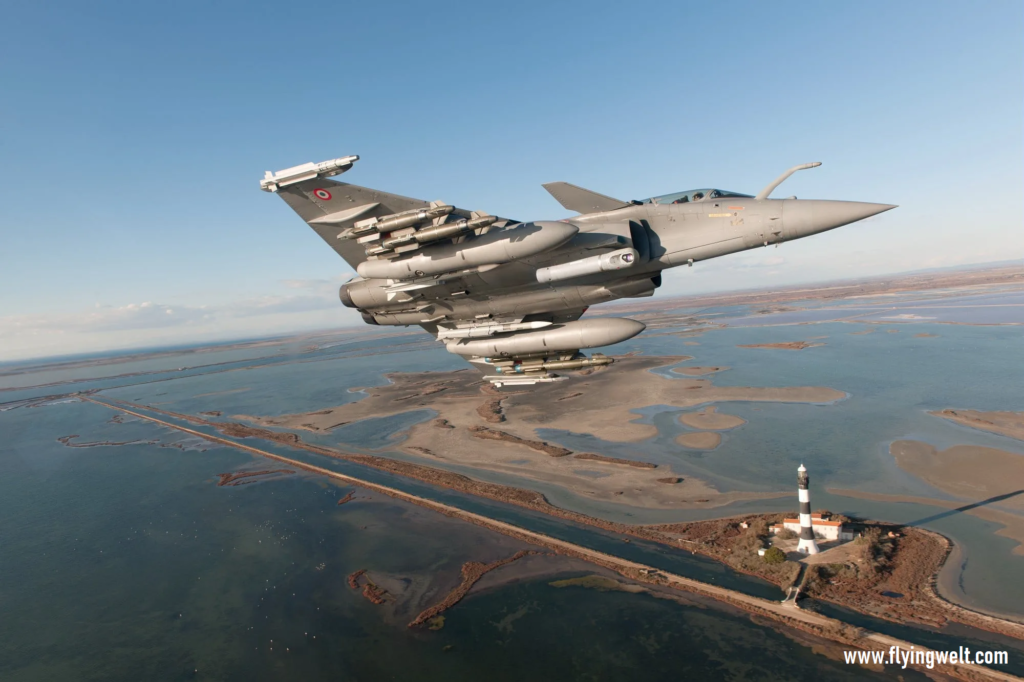
The Rafale’s “multi-sensor data fusion” process, which utilizes data from all of the aircraft’s sensors, is what truly sets it apart. This concept allows the pilot to act as a “tactical decision maker” rather than just a sensor operator. The foundation of the Rafale’s advanced capabilities is its “Modular Data Processing Unit” (MDPU), which incorporates “commercial off the shelf” (COTS) components. Comprised of up to 19 “line-replaceable units” (LRUs), 18 of which individually provide 50 times the processing power of previous generation mission computers, the MDPU enables seamless integration of new weapons and capabilities to maintain the Rafale’s combat relevance as tactical requirements evolve and computer technology advances. The “multi-sensor data fusion” creates a connection between the aircraft’s surroundings and the pilot’s decision-making process, allowing for informed decisions. The computing power of the MDPU allows data to be processed from the RBE2-AESA radar, the “Front Sector Optronic” (FSO) system, the SPECTRA EW system, the IFF, the MICA infrared seekers, and the data link.
Man-Machine Interface
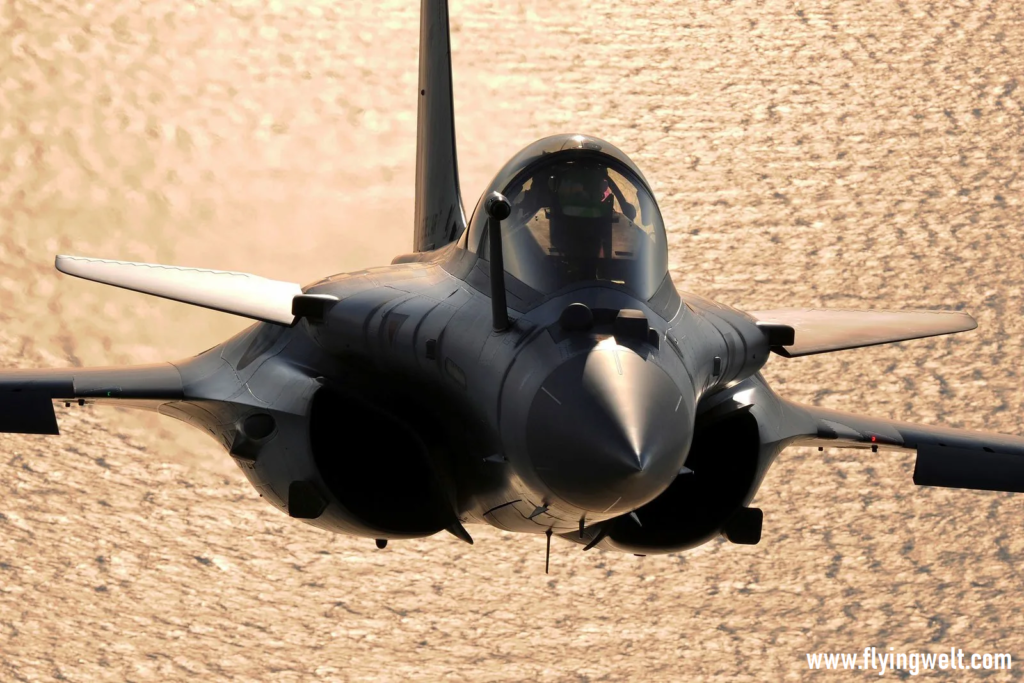
Dassault Aviation has developed a highly intuitive pilot interface called the “Man-Machine Interface” (MMI) that incorporates both the “Hands on Throttle and Stick” (HOTAS) control concept and touch screens for easy use. This interface is made up of an integrated suite of equipment that offers several capabilities. For short-term actions, pilots can use a wide-field-of-view “Head-up Display” (HUD), while for medium and long-term actions, they can analyze the tactical situation as a whole using a multi-image color “Head-Level Display” (HLD). The HLD picture is focused at the same distance as the HUD picture to facilitate quick eye transitions between head-up and head-down displays, as well as the external world’s view. Additionally, pilots can manage system resources via the left and right color touch screens. The cockpit design is comprehensive and offers aircrews a wide field of view at the front, both sides, and the rear, superior agility, increased G-protection with 29° tilted seats, and an efficient air conditioning system that performs well under all climate conditions. This design enables the Rafale to function as an “Omnirole” fighter.

Technical Specifications
| Dimensions | |
| Wing span | 10.90 m |
| Length | 15.30 m |
| Height | 5.30 m |
| Weight | |
| Overall empty weight | 10 t (22,000 lbs) class |
| Max. take-off weight | 24.5 t (54,000 lbs) |
| Fuel (internal) | 4.7 t (10,300 lbs) |
| Fuel (external) | up to 6.7 t (14,700 lbs) |
| External load | 9.5 t (21,000 lbs) |
| Store stations | |
| Total | 14 |
| Heavy – wet | 5 |
| Performance | |
| Max. thrust | 2 x 7.5 t |
| Limit load factors | – 3.2 g / + 9 g |
| Max. speed | M = 1.8 / 750 knots |
| Approach speed | less than 120 knots |
| Landing ground run | 450 m (1,500 ft) |
| Service ceiling | 50,000 ft |
